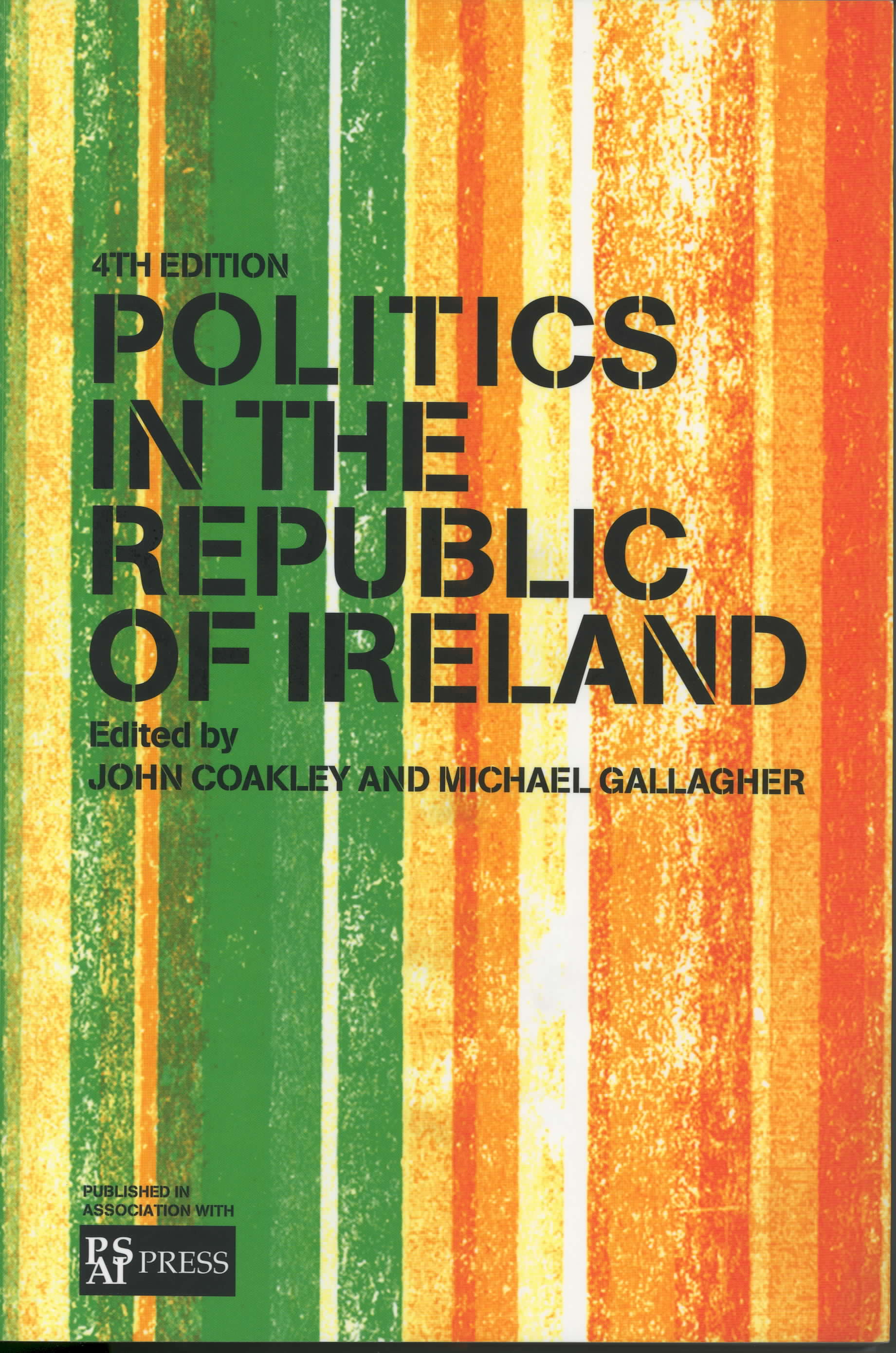 |
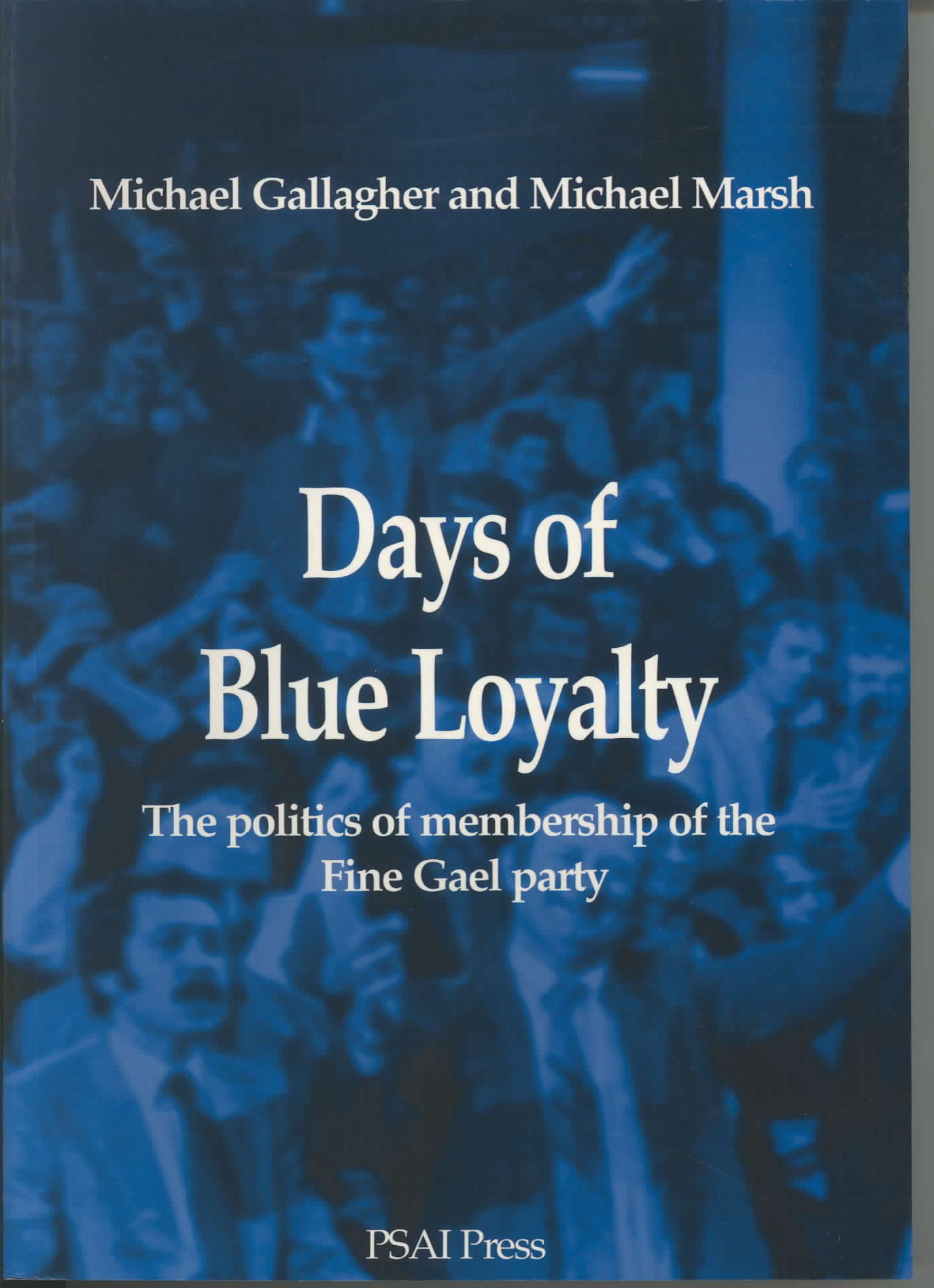 |
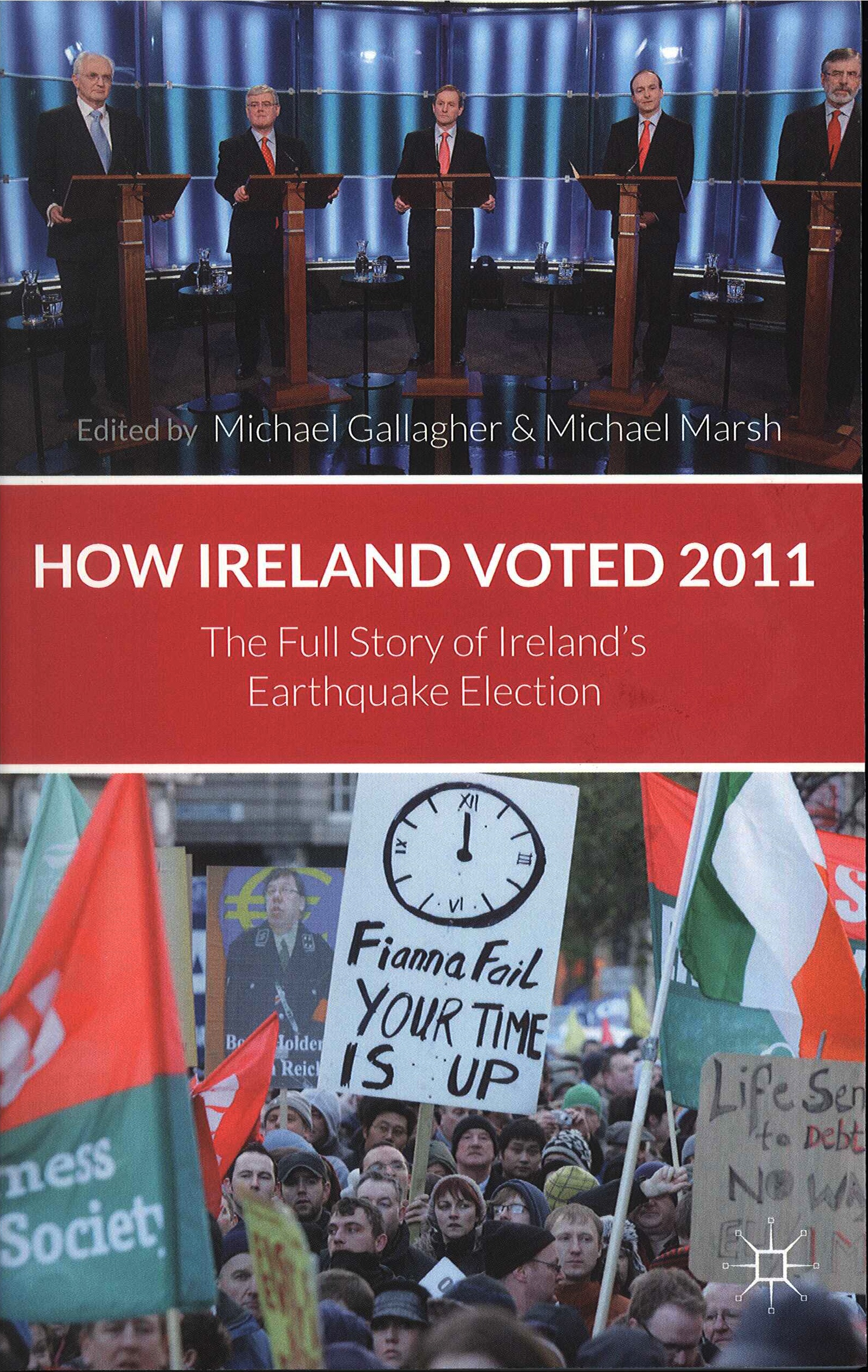 |
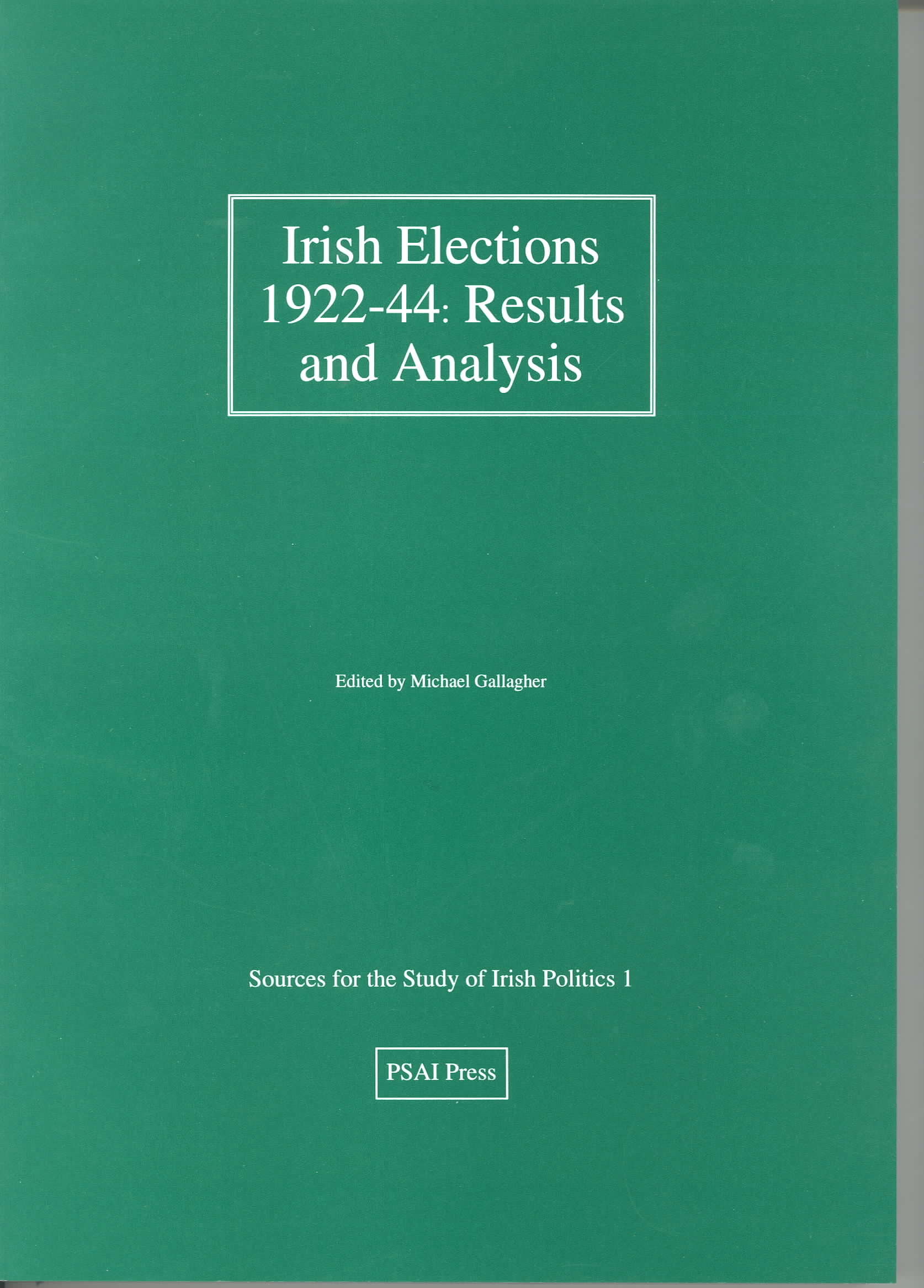 |
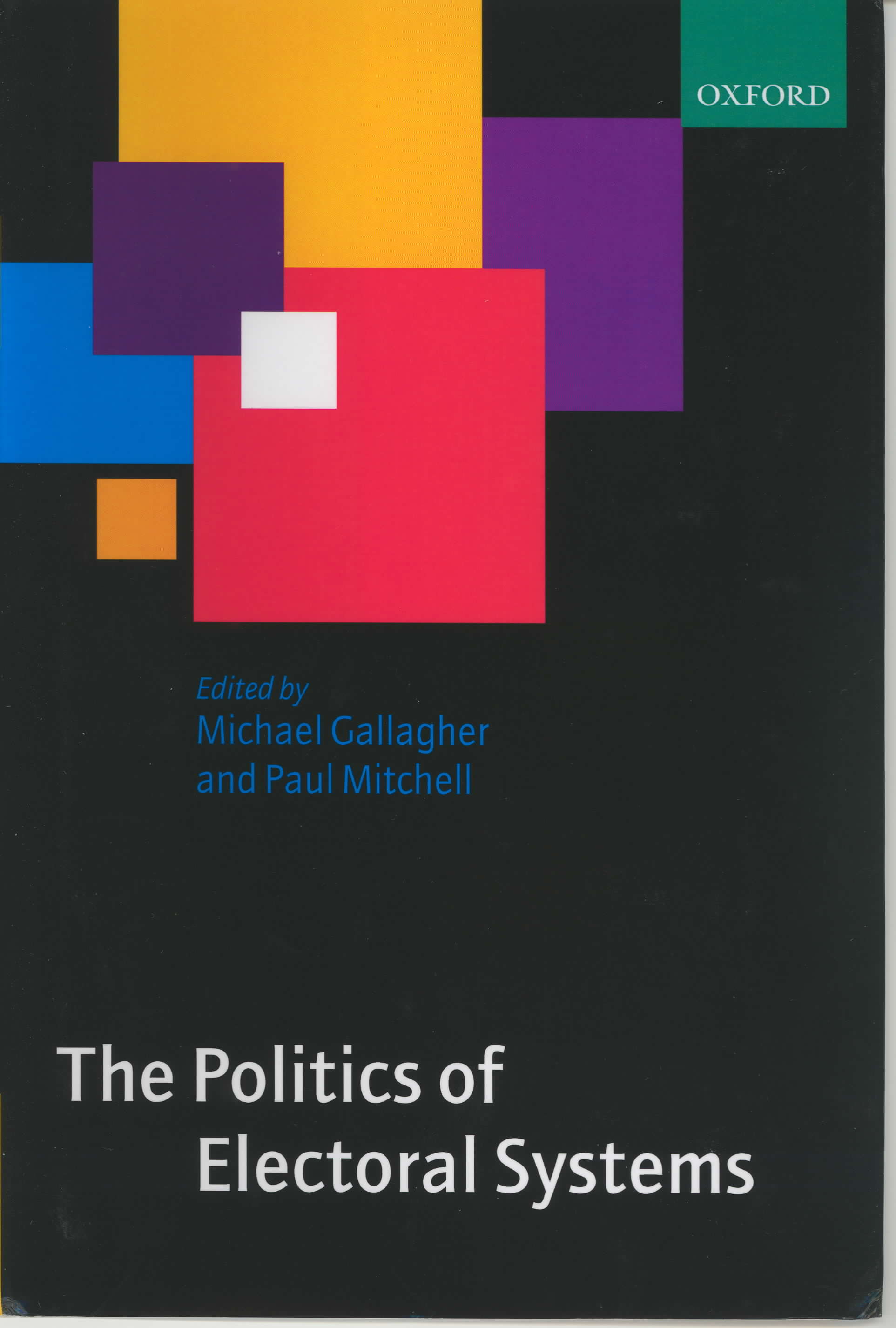 |
Elections for the European Parliament took place across the EU in late May 2014. Ireland voted on Friday 23 May. The Republic of Ireland elects 11 MEPs (down from 12 in 2009 and 13 in 2004) by PR-STV (see ballot paper) from three constituencies; two (South and Midlands-North-West) return 4 members and one (Dublin) returns 3. The low district magnitude (the number of seats per constituency) and the small number of seats overall explain the relatively high degree of disproportionality. For results of Ireland's 2020 election, click here. For information about the results of elections 1948-2007, click here. For arguments for and against retaining PR-STV as Ireland's electoral system click here.
Results
As is usually the way in mid-term elections (the last general election took place in February 2011), the government parties, Fine Gael and Labour, fared poorly. Indeed, the main feature of the results were vote losses for the traditional three main parties, Fianna Fáil, Fine Gael and Labour; seat losses for Fianna Fáil and Labour; and gains in both votes and seats for Sinn Féin. An almost unique feature, in a EU context, of Ireland's political landscape is the strong presence of Independent candidates, and these collectively recorded significant gains in both votes and seats.
Of the 12 incumbent MEPs, two retired (Liam Aylward (FF), Gay Mitchell (FG)); five were re-elected (Nessa Childers (Ind, Dublin), Brian Crowley (FF, South), Marian Harkin (Ind, MNW), Seán Kelly (FG, South), Mairéad McGuinness (FG, MNW)); and five were defeated (Emer Costello (Lab), Pat Cope Gallagher (FF), Jim Higgins (FG), Paul Murphy (Soc), Phil Prendergast (Lab)). Three of the defeated MEPs (Costello, Murphy and Prendergast) had taken over as substitutes from the MEPs elected in 2009, while Childers, who in 2009 had been elected for Labour in the East constituency, switched both label and constituency. The six newly-elected MEPs were Lynn Boylan (SF, Dublin), Matt Carthy (SF, MNW), Deirdre Clune (FG, South), Luke 'Ming' Flanagan (Ind, MNW), Brian Hayes (FG, Dublin), Liadh Ní Riada (SF, South).
Of the 11 MEPs elected in 2014, only 4 have have previously been TDs: Deirdre Clune, Luke 'Ming' Flanagan, Marian Harkin, and Brian Hayes, and Hayes, who was a Minister of State between 2011 and 2014, is the only one to have held a (non-cabinet) ministerial position.
The detailed results are:
Candidates |
Votes |
% vote |
Change since 2009 |
Seats |
Change since 2009 |
% seats |
||
| Fianna Fáil | 5 |
369,545 |
22.31 |
-1.77 |
1 |
-2 |
9.09 |
|
| Fine Gael | 6 |
369,120 |
22.28 |
-6.85 |
4 |
0 |
36.36 |
|
| Sinn Féin | 3 |
323,300 |
19.52 |
+8.28 |
3 |
+3 |
27.27 |
|
| Labour | 3 |
88,229 |
5.33 |
-8.59 |
-3 |
|||
| Green Party | 3 |
81,458 |
4.92 |
+3.03 |
||||
| Socialist Party | 1 |
29,953 |
1.81 |
-0.95 |
-1 |
|||
| Direct Democracy Ireland | 4 |
24,093 |
1.45 |
+1.45 |
||||
| People before Profit | 1 |
23,875 |
1.44 |
+1.44 |
||||
| Catholic Democrats | 1 |
13,569 |
0.82 |
+0.82 |
||||
| Fís Nua | 3 |
4,610 |
0.28 |
+0.28 |
||||
| Other parties | 0 |
0 |
0 |
-5.45 |
||||
Independents collectively |
11 |
328,766 |
19.85 |
+8.33 |
3 |
+2 |
27.27 |
|
| Independent (incumbent TD) | 1 |
124,063 |
7.49 |
1 |
+1 |
9.09 |
||
| Independent (incumbent MEP) | 1 |
68,986 |
4.16 |
1 |
9.09 |
|||
| Independent (incumbent senator) | 1 |
36,326 |
2.19 |
|||||
| Independent (incumbent MEP) | 1 |
35,939 |
2.17 |
1 |
9.09 |
|||
| Independent | 1 |
30,323 |
1.83 |
|||||
| Independent | 1 |
10,719 |
0.65 |
|||||
| Independent | 1 |
9,179 |
0.55 |
|||||
| Independent | 1 |
6,561 |
0.40 |
|||||
| Independent | 1 |
2,424 |
0.15 |
|||||
| Independent | 1 |
2,244 |
0.14 |
|||||
| Independent | 1 |
2,002 |
0.12 |
|||||
| Total | 41 |
1,656,518 |
100.00 |
0 |
11 |
-1 |
100.00 |
Electorate: 3,245,348. Turnout (valid vote / electorate): 51.04 per cent (compared with 58.21 per cent in 2009 when, as in 2014, local elections took place on the same day). Invalid votes 45,424.
| Election indices | |
| Disproportionality (least squares index) | 17.00 |
| Effective number of elective parties (Nv) | 6.57 |
| Effective number of legislative parties (Ns) | 4.17 |
Note: figures based on complete disaggregation of Others, with each of the 11 independent candidates treated as a separate unit.
The very high level of disproportionality is due to two factors. One is the combination of small district magnitude (average of 3.67) and small total number of seats, and the other is that, under PR-STV, first preference votes are an imperfect measure of support as a candidate with fewer first preferences may have more support than one with more, as made apparent through the transfer of votes from other candidates on the basis of the second and lower preferences marked thereon. The impact of small district magnitude raises the question of whther the 11 MEPs should be elected from just two constituencies (eg a 5-seater and a 6-seater) or indeed from just one national constituency, as is the case in the great majority of EU member states, perhaps using a list system, either open or closed.
If seats were allocated purely on the basis of total national first preference votes, and if all votes had been cast as they were on 23 May, then the allocation of the 11 seats under the Sainte-Laguë method (generally seen as the 'fairest' since it does not systematically favour either larger or smaller parties) would have been FF 3, FG 3, SF 2, Labour 1, Green 1, Independent (Luke 'Ming' Flanagan) 1, with a disproportionality figure (LSq) of 7.90. Under the more widely used D'Hondt method, which tends to give the benefit of the doubt to larger parties, the figures would have been FF 4, FG 3, SF 3, Independent (Luke 'Ming' Flanagan) 1 (LSq 13.74). If Sainte-Laguë had been used in both 2009 and 2014 the seat changes would have been much less dramatic; for example, Labour would have gone from 2 seats to 1 and Sinn Féin from 1 to 2, instead of 3 to 0 and 0 to 3 respectively.
Of the 11 MEPs elected, six (55 per cent) were female, a much higher percentage than in the Dáil (14 per cent) and than the proportion among the MEPs elected in 2009 (three out of 12, or 25.0 per cent).
For results of Ireland's 2011 general election, click here.
 |
 |
 |
 |
 |
Last updated 17 August, 2021 1:14 PM